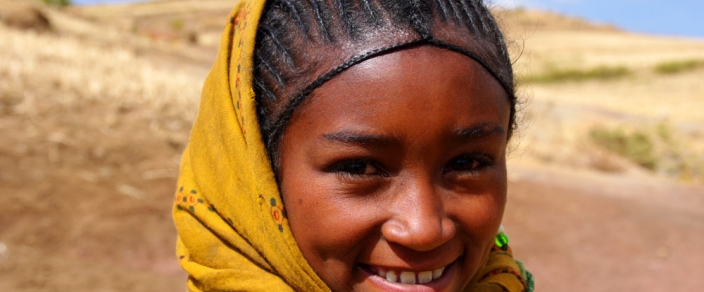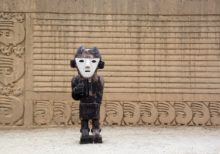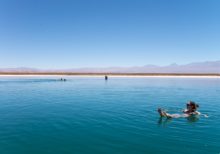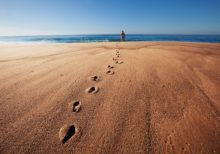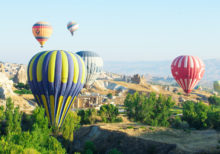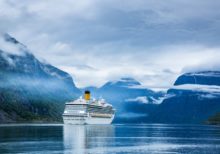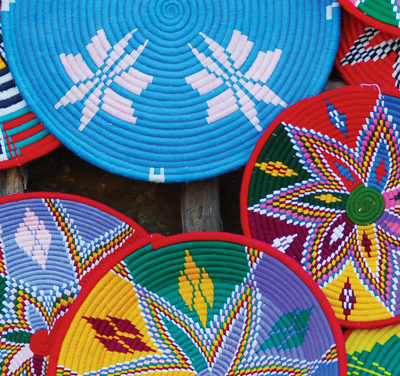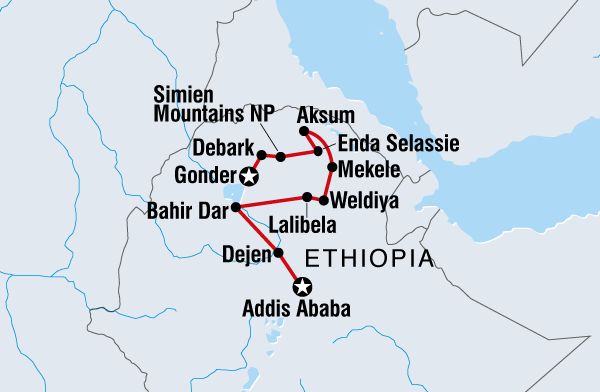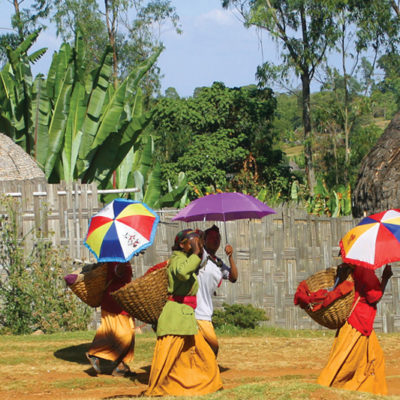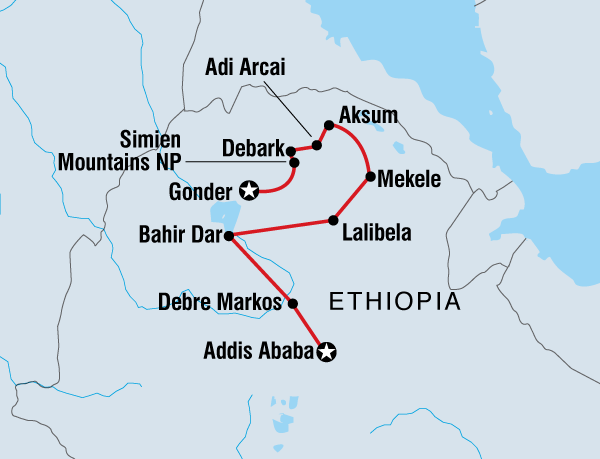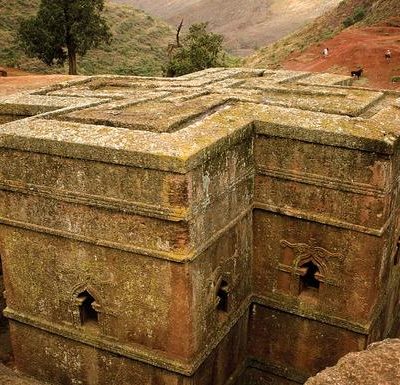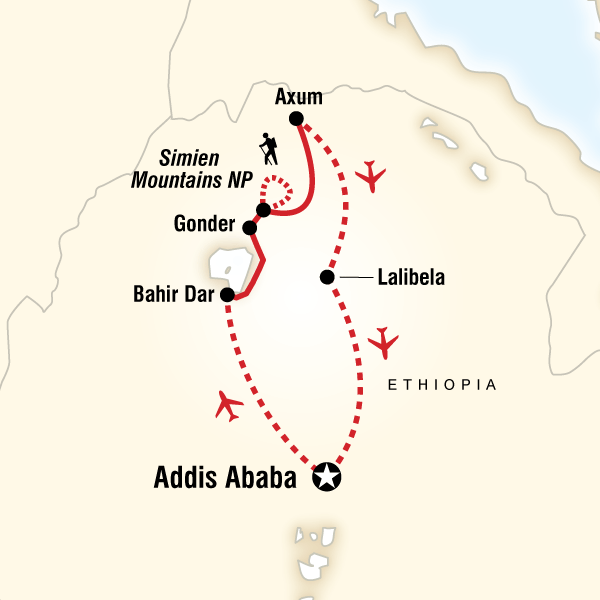| Starts | Addis Ababa, Ethiopia, Ethiopia |
|---|---|
| Ends | Addis Ababa, Ethiopia, Ethiopia |
| Region | Africa |
| Tour Operator | Peregrine |
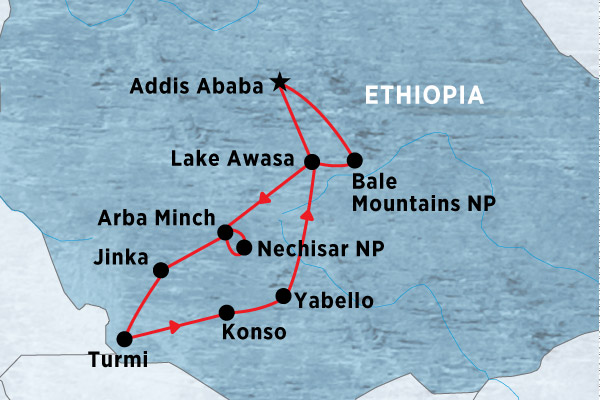
Itinerary
Day 1 - Starting: Addis Ababa & Finishing: Addis Ababa
Begin this Ethiopian adventure in the capital of Addis Ababa. Upon arrival you will be met and transferred to your hotel (approximately 30 minutes). In the afternoon you’ll take a tour of this bustling city, dotted with Italian architecture, interesting churches and friendly inhabitants. This relatively new city, established by the Emperor Menelik II in 1887, is one of contrasts – the Addis Sheraton, with its ‘singing fountain’, is one of the most luxurious in all of Africa, yet you only need to travel a few streets away to find yourself among busy markets, dirt roads and the odd goat or two wandering the street. Although Ethiopia was the only African nation never to be colonised, the Italians briefly occupied parts of it, including Addis, in the twentieth century. In many parts of the city the Italian’s legacy lives on in the form of old art deco buildings and coffee shops, particularly in the area known as the Piazza. Addis can seem daunting at times, but even the briefest foray into the busy streets can reveal interesting new insights. Your tour will include the Ethnographic Museum, set within the beautiful gardens of Haile Selassie’s former palace, and the neoclassical St George Church.
Day 2 - Starting: Bale Mountain National Park & Finishing: Bale Mountain National Park
This morning, leave the city behind to travel southeast to the wilderness of the Bale Mountains. En route to tonight’s accommodation you’ll stop at Dinsho, where the headquarters of the National Park is located. The forest around here is a great place to take game drives to search for the many antelope and bird species (with potential sights of black-and-white colobus monkeys) that populate the area – so you’ll do just that. After reaching your hotel in the afternoon, you’ll have the rest of the day to relax before a full day of game drives tomorrow. Notes: Today includes approximately 8 hours driving. Game drive times may vary.
Day 3 - Starting: Bale Mountain National Park & Finishing: Bale Mountain National Park
This morning, set off for a full day’s game drive to the plateau of the Bale Mountains. The national park is full of wild afro-alpine scenery, with the Sanetti plateau climbing up to altitudes of 4,500 metres, and more than any other in Ethiopia, the Bale Mountains National Park is known for its wildlife. Due to its isolation from other habitats, the park has over a dozen localised species, including the Ethiopian wolf, along with 60 mammal species and over 260 of bird. You’ll climb through thick woodland, leaving the plains of Goba behind you, and on to the rocky plateau of heather trees and cactus-like giant lobelia, with the ancient solidified lava of the mountains in the distance and birds of prey soaring above. Then you’ll descend down the plateau into the fairytale-like Harenna Forest, a dense woodland of moss-covered trees that’s still relatively unknown to science. You’ll have the opportunity to get out and stretch your legs on a nature walk through the forest – keep an eye out for the wealth of birds and, if you’re lucky, a leopard or the endemic Bale monkey.
Day 4 - Starting: Arba Minch & Finishing: Arba Minch
Begin the day by travelling to the town of Arba Minch in the south of Ethiopia (approximately 9 hours), a region noted for its enormous variety of peoples and cultures. Many of these populations are nomadic or semi-nomadic and, far from the influence of the modern world, their ancient traditions have remained intact. While the small southern Ethiopian town of Arba Minch is rather unremarkable, its setting is not. The surrounding are undeniably dramatic – lying at an altitude of 1,300m above sea level, on green hills overlooking Lake Chamo and Lake Abaya and with mountains forming a backdrop rising to 4,000m to the west. The town is also well situated as the gateway to Nechisar National Park. The journey will be broken up along the way with stops to visit local villages and their people. You will arrive at your hotel early this evening.
Day 5 - Starting: Arba Minch & Finishing: Arba Minch
With some of the most dramatic scenery in Africa, Nechisar National Park lies at the heart of the Rift Valley, covering Lakes Chamo and Abaya and the mountainous causeway between them known as the 'Bridge of God'. Today you will visit Nechisar for a game drive, and experience its thrilling beauty. The open grasslands of the Nechisar Plain offer the best viewing of the diverse wildlife on offer, which numbers at 70 mammal and 342 bird species, and include Burchell’s zebra, gazelle and kudu. Lions are also found in the park but it’s rare to catch a glimpse. Waterbuck gather near the lakeshore, and there are many smaller species of buck located in the forest areas. You’ll also enjoy a boat trip on Lake Chamo, the country’s third largest, which is inhabited by a significant number of hippo and crocodile. Notes: The roads within the park are sometimes impassable if there have been heavy rains. If this should happen, you’ll take a guided walking tour within the park instead.
Day 6 - Starting: Jinka & Finishing: Jinka
Leaving the dramatic surrounds of Arba Minch, get on the road to the South Omo region and the administrative capital of Jinka (approximately 7-8 hours). On the way you will pass through the territories of several different tribes, one these being the Dorze. The Dorze are known for their cotton weaving skills and their beehive style huts, which are some of the most distinctive traditional dwellings on the continent. Made of bamboo and a thatched roof of leaves, the conical structures are at least 6 metres tall, can be moved, and can last up to 60 years. After spending some time in a Dorze vilage, continue on to Jinka, a small mountain town virtually isolated from the rest of the country. It’s remote and rustic, yet its cling to the rest of the county is accentuated by the grass airstrip in the middle of town. You'll spend the night here in Jinka.
Day 7 - Starting: Jinka & Finishing: Jinka
People come from across South Omo to visit the local market in Jinka, particularly Ari, Bana, Besheda and Besketo people. But, today you’ll drive to Mago National Park to learn more about what is perhaps the best-known tribe in Ethiopia – the Mursi people. They are famous for their practices of extending their lower lips with clay discs, and for stick fighting. The park is made up thick woodland and areas of open savanna, and Mursi villages lining the Mago River. You will visit one of these villages in order to learn more about this fascinating tribe. When a Mursi woman reaches 20 years old, a slit is made beneath the lower lip and a clay plate inserted. Each year a larger plate is added, stretching the lower lip until it juts out so far that a 15cm plate can be worn and the woman can pull her lip right over her head. The larger the plate, the greater her value when she is married. Mursi men do not escape entirely unscathed either, as they cannot marry until they have won a donga, or stick fight, which in the past sometimes ended in the death of one of the participants. Decorated with white clay, they whack each other with 2 metre long poles. There are consolations though - the winner is carried off by a group of eligible girls who then decide which one of them will marry him. You will return to Jinka for a second night.
Day 8 - Starting: Turmi & Finishing: Turmi
Today you will drive south (approximately 3 hours) to the town of Turmi, an important market town. The two main tribes that live in the area are the Karo and the Hamer, both of whom practise elaborate body decoration. Today you’ll visit a nearby Hamer village and learn more about this tribe. The women roll their hair into dreds called goscha using fat and dark red ochre, and their arms are wrapped in beads and copper bracelets. The tribe practise scarification, with women having scars cut into their arms or shoulders to make themselves more beautiful and as a display of their strength. They wear beaded goatskin frocks over their upper body, and married women wear thick copper necklaces. The men are also adorned with scars, for beauty or traditionally representing the number of enemies they have killed, and courageous men wear clay hair buns on their heads. The Hamer also have a similar annual ceremony to the Dorze’s stick fighting – here a young man must jump back and forth on the backs of bulls to prove himself worthy of the family's pride and of a wife, while women are ritualistically whipped in voluntary support of the initiate. You will spend the night in an eco-lodge in Turmi.
Day 9 - Starting: Turmi & Finishing: Turmi
Today you’ll meet the other main tribe of the area as you travel through open red earth savannah, coming across herds of giraffe and gazelle, to Murile (variously named Murelle and Murle, approximately 2 hours). Here, near the Omo River, is the domain of the Karo tribe. They were once rich in cattle and lived in impressive houses, but since losing them to disease and moving to farming they live in small conical huts on stilts. They are still an impressively decorative people though, painting themselves in beautiful red, yellow, black and white designs for special occasions, using pigments made from local minerals. In a similar manner to the Hamar, the women tie their hair into tight knots that are dyed ochre, and the men plaster their hair in tight clay buns after they defeat an enemy – human or animal. They also practise scarification for beauty or to signify community importance. The skilled body and face painting has important cultural symbolism and the designs and complexity can change daily. Return to your accommodation in Turmi for the evening.
Day 10 - Starting: Konso & Finishing: Konso
Today head northeast on a drive that offers spectacular panoramic views of the surrounding scenery, including the terraced hills of Konso. Along the way, you may be lucky enough to see the small dik-dik antelope and the impressively-horned lesser kudu. All roads into South Omo pass through Konso, and this unprepossessing small town of 3,000 inhabitants is a good base for exploring the unique and complex culture of the hillside villages in the surrounding countryside. The Konso people, who historically had little contact with the rest of Ethiopia and so retain a traditionalist character, live in walled hilltop settlements with maze-like stone fences. Each village is made up of sub-compounds, and there is a central communal building called a mora, the ground floor of which is used by the men, boys and girls as a social area; adult women are excluded. Each village will have important poles or stones erected to mark special events like the initiation of a new generation or victories over enemies. Famous are the carved wooden grave markers, or waga, erected over the burial place of an important warrior. The deceased's facial features are carved into the waga and enhanced by using teeth made from animal bones. Notes: Total driving today is approximately 5-6 hours.
Day 11 - Starting: Yabello & Finishing: Yabello
Today, take a drive though picturesque and changing scenery to the village of El Sod. Enroute you’ll stop at Dubluk to visit the 'singing wells'. The singing wells are named after the chanting that occurs as people form human chains to pass buckets from hand to hand when collecting water from deep wells in the area. This activity only ever takes place in the dry season, when herders will travel for several hours to ensure their livestock are watered. Continue south of Dubluk, on the main road to Kenya, before turning left to El Sod. Meaning ‘the house of salt’, you’ll take a short hike to a saline lake that lies at the bottom of a 200m deep crater, where salt has been extracted for centuries. The lake is almost black in colour and has a vaguely sinister air as a result. The only way to collect the salt is to dive into the water, and the miner’s dark bodies are soon covered in a crystalline white layer. The villagers collect the salt, formed by evaporation, on a rota system to ensure levels are kept sustainable. Then continue on to Yabello for the night. Notes: Today there is approximately 7.5 hours of driving.
Day 12 - Starting: Lake Awasa & Finishing: Lake Awasa
Travel north today through a dry, arid landscape of yellow, ochre and the occasional pink desert flower, from the valley up to the Abyssinian high-plateau, and through lush coffee country on to Awasa (approximately 7 hours). This is one of the largest cities in southern Ethiopia but manages to retain an easy-going feel, making it a pleasant place to spend some time. There is a bustling central market as well as a separate fish market. Tabor Hill offers good views across the lake, which is the main draw; it has an imposing mountainous backdrop with the lakeshore itself fringed with lush vegetation where monkeys are frequently seen. On the way to Awasa you will stop at Wenago to visit the Tutu Fella stelae field, an unusual collection of stones. These carved or inscribed slabs of 1 to 2.5-metre granite were used for funeral and memorial purposes, to signify the importance of local rulers, and for other unknown reasons. The stelae date from 5,000 to 1,600 years ago. You'll then continue to Lake Awasa, which is surrounded by mountains and populated by countless species of birds. On arrival, you will walk along the shores of the lake, where hippos are frequently found – they emerge onto the shore to graze after dark. The lake also has excellent birdlife, with many species of waders present, as well as heron, stork, and pygmy geese. Fish eagles are also found here, their haunting cry often heard at dusk.
Day 13 - Starting: Addis Ababa & Finishing: Addis Ababa
This morning you’ll begin your day like many of the locals – with a visit to the lakeside fish market. The sounds of monkey and birds fills the air, and you can wander between local buyers and traders, between stalls of catfish, tilapia and barbus that are delivered fresh each morning. Then you’ll head back to the capital of Addis Ababa (approximately 6 hours). The rest of the day will be free for you to explore or perhaps indulge in a bit of last minute shopping. You may like to enjoy an optional final dinner at a well-known local Ethiopian restaurant. Here you will able to put your newfound dancing moves to the test by joining in with the traditional dancers.
Day 14 - Starting: Addis Ababa & Finishing: Addis Ababa
You tour will come to an end after breakfast this morning in Addis Ababa.
View Dates

